Blog Post Promotion
Special Topic On Water Quality Monitoring
【Background Policy】
Overview
With the growth of global population and economic development, water resources have become increasingly scarce and water pollution problems have become more serious, posing severe challenges to human water security. Therefore, strengthening water quality monitoring and ensuring human water safety have become urgent issues to be solved.
Water quality monitoring is the process of monitoring and measuring the types of pollutants in water bodies, the concentrations and changing trends of various pollutants, and evaluating the water quality status. The monitoring scope is very wide, including unpolluted and polluted natural water (rivers, rivers, lakes, seas and groundwater) and various industrial drainage. The main monitoring items can be divided into two categories: one is comprehensive indicators reflecting water quality conditions, such as temperature, color, turbidity, pH value, conductivity, suspended solids, dissolved oxygen, chemical oxygen demand and biochemical oxygen demand etc.; the other category is some toxic substances, such as phenol, cyanide, arsenic, lead, chromium, cadmium, mercury and organic pesticides. In order to objectively evaluate the water quality of rivers and oceans, in addition to the above monitoring items, it is sometimes necessary to measure the flow rate and flow rate. It mainly includes environmental water quality monitoring, pollution source monitoring, water conservancy and water affairs monitoring, water supply pipeline network monitoring, ocean monitoring and water quality emergency monitoring.。
At present, common water quality monitoring factors in my country's water quality monitoring industry include five conventional parameters (water temperature, pH, dissolved oxygen, conductivity, turbidity), ammonia nitrogen (NH3-N), permanganate index (CODMn), and total phosphorus (TP). , total nitrogen (TN), heavy metals [arsenic (As), mercury (Hg), chromium (Cr6+), lead (Pb) and cadmium (Cd)] and chemical oxygen demand (CODCr), etc.
【Definition of Knowledge】
The five parameters of water quality are: pH, dissolved oxygen, conductivity, turbidity, and temperature.
Automatic monitoring equipment: Instruments and equipment specially used for online automatic monitoring and control should comply with the requirements of relevant standards and specifications for environmental protection.
Common water quality monitoring factors: five conventional parameters (water temperature, pH, dissolved oxygen, conductivity, turbidity), ammonia nitrogen (NH3-N), permanganate index (CODMn), total phosphorus (TP), total nitrogen ( TN), heavy metals [arsenic (As), mercury (Hg), chromium (Cr6+), lead (Pb) and cadmium (Cd) and chemical oxygen demand (CODCr), etc.
【Technical Methods】
Chlorophyll detection principle: high performance liquid chromatography/spectrophotometry/fluorescence spectrometry.
Blue-green algae: Principle of fluorescence measurement.
PH detection principle: electrode method.
Dissolved oxygen monitoring principle: fluorescence quenching method.
Principle of turbidity detection: Transmitted light measurement method Turbidity absorbs 365 or 546.
Conductivity: using four-electrode technology.
TDS: Contact conductivity detection method.
Nitrate ion: ion selective electrode method.
COD detection principle: double-beam absorbance method.
Ammonia nitrogen detection principle: selected electrode method.
Residual chlorine: electrochemical reaction.
Water hardness: based on the chemical principle of imprinted ion exchange.
Salinity: electrode method.
【Application Fields】
Drinking Water Safety
Online water quality analysis instruments can be used to monitor water quality parameters in drinking water, such as pH value, dissolved oxygen, turbidity, conductivity, residual chlorine, ammonia nitrogen, etc. They help ensure the safety and hygiene of drinking water. On the one hand, it can provide early warning for possible water quality exceeding the standard. In addition, a large number of water quality data from the pipeline network can also support the optimization of treatment processes of water plants and pipe network water delivery scheduling decisions. In water plants, analytical instruments for various water quality parameters (online turbidity, total residual chlorine, pH, etc.) will participate in the control of automatic dosing, chlorination and other processes in the water plant, greatly improving the level of automated operation;
Products in demand for secondary water supply pump rooms, rural drinking water, township water plants, tap water lifting pump rooms, teaching buildings, etc.: multi-parameter analyzers (PH, residual chlorine, turbidity);
Sewage Treatment
During the sewage treatment process, water quality online analysis instruments can monitor various pollutants in the sewage, such as suspended solids, chemical oxygen demand (COD), ammonia nitrogen, total phosphorus, etc. This helps optimize the wastewater treatment process and ensures discharge standards are met. Water quality analysis instruments provide a basis for companies to discharge pollutants on their own, declare environmental protection taxes, and provide environmental inspectors with real-time understanding of corporate pollutant discharge conditions. In municipal sewage treatment plants, various types of online water quality analysis instruments have also been successfully applied in large numbers;
Sewage and wastewater discharge testing: generally testing COD, ammonia nitrogen, PH, turbidity, dissolved oxygen and other parameters, which will be determined according to project needs;
Industrial Process Control
In industrial production, water quality parameters measured by online water quality analysis instruments will participate in process control to optimize water treatment processes, improve water treatment efficiency, help optimize industrial processes, and improve production efficiency. Process-type online water quality analysis instruments, photovoltaics are used in thermal power plants, petrochemical companies, large metallurgical companies, paper companies, semiconductor factories, biopharmaceutical factories, etc.;
Enterprise and park water pollution source discharge outlets, sewage treatment plants, industrial sewage, sewage lifting pump stations, sewage treatment demand products: COD analyzer, ammonia nitrogen analyzer, total phosphorus analyzer, total nitrogen analyzer, permanganate analyzer, Heavy metal analyzer, pH meter, sludge concentration meter, conductivity, dissolved oxygen meter;
Environmental Monitoring
Water quality online analysis instruments play an important role in environmental monitoring. They can monitor water quality parameters in natural environmental water bodies, such as pH, turbidity, redox potential, dissolved oxygen, chlorophyll-a, etc. in rivers, lakes, oceans, etc. Through real-time monitoring and analysis, water quality online analysis instruments help understand the degree of pollution of water bodies, assess environmental conditions, and provide data support and early warning information to take timely protection and improvement measures;
Surface water and natural water quality testing: There are five conventional parameters (dissolved oxygen, PH, conductivity, turbidity), chlorophyll, blue-green algae, etc. will be selected, depending on the project needs;
Underground pipe network testing: dissolved oxygen, PH, COD are necessary, and other conventional parameters such as ammonia nitrogen will be optional according to the government’s water quality requirements;
Fisheries And Aquaculture
Water quality online analysis instruments are of great significance to fisheries and aquaculture. They can monitor oxygen content, temperature, pH, turbidity and other parameters in the water body to ensure a suitable breeding environment and provide appropriate water quality management measures to improve the output and quality of fisheries and aquaculture;
Aquaculture water quality testing: generally detect dissolved oxygen, PH, nitrate, and ammonia nitrogen, among which dissolved oxygen and PH are necessary testing items;
Pools And Spas
Online water quality analysis instruments play a key role in water quality monitoring in swimming pools and spas. They can monitor the disinfectant concentration, pH value, temperature and other parameters in the water body in real time to ensure the safety and hygiene of water quality and the health and comfort of users;
Swimming pool water quality testing: general testing multi-parameter analyzer (PH, residual chlorine, turbidity);
Oil In Water Detection
Oil content in crude oil leaks, wastewater discharges, and oil content in water in rivers and lakes;
Sewage and wastewater discharge, crude oil leakage detection applications: COD analyzer, ammonia analyzer, total phosphorus analyzer, total nitrogen analyzer, homosulfate analyzer, heavy metal analyzer, PH meter, sludge concentration meter, conductivity , dissolved oxygen meter;
Others
Online monitoring of water quality at estuaries and sea estuaries of chemical industry parks, water quality monitoring at water sources, assessment section monitoring at rivers and lakes, chemical enterprise circulating water monitoring, urban water quality monitoring in watersheds, water quality monitoring in scenic spots, parks and other water quality monitoring products: fixed water quality analysis stations, Micro water quality monitoring station, floating station;
Products required for thermal power plants, boiler water, and medical water: silicon/phosphorus/sodium/hydrazine meters, pH meters, conductivity, dissolved oxygen meters, acid-base concentration meters;
Five-parameter, COD and other electrode application fields: surface water, groundwater, river sections, lakes, sewage treatment outlets, municipal sewage, seawater, etc.
【Product Introduction】
Total Nitrogen Online Automatic Analyzer
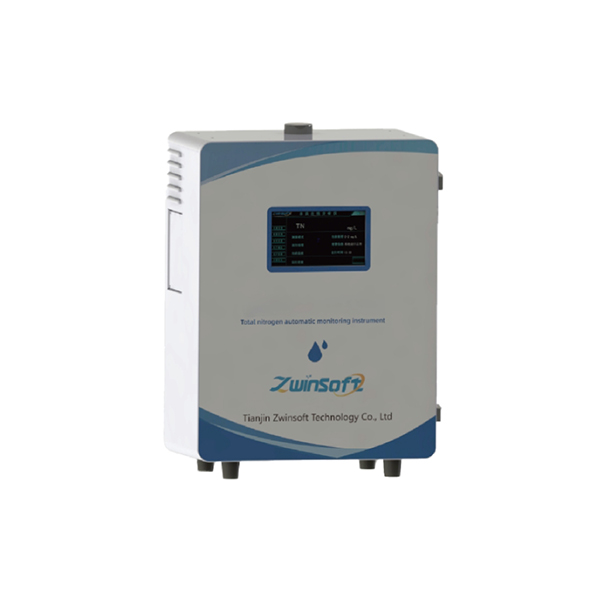
Two In One Online Automatic Monitoring instrument For Total Phosphorus And Total Nitrogen
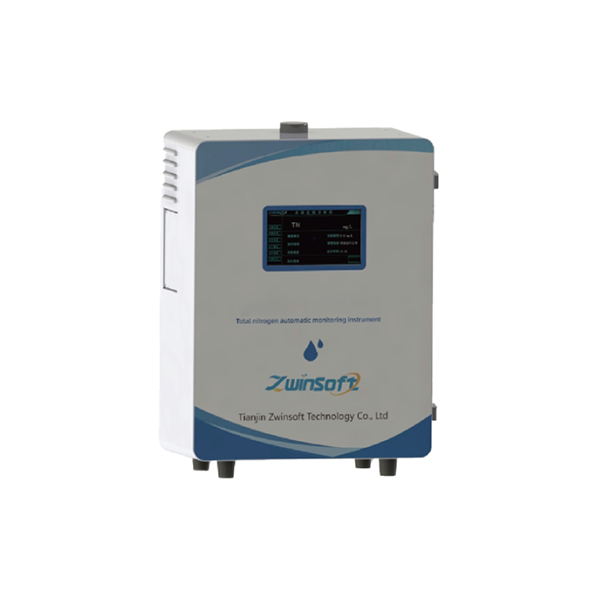
Multi Parameter Water Quality Online Monitoring System
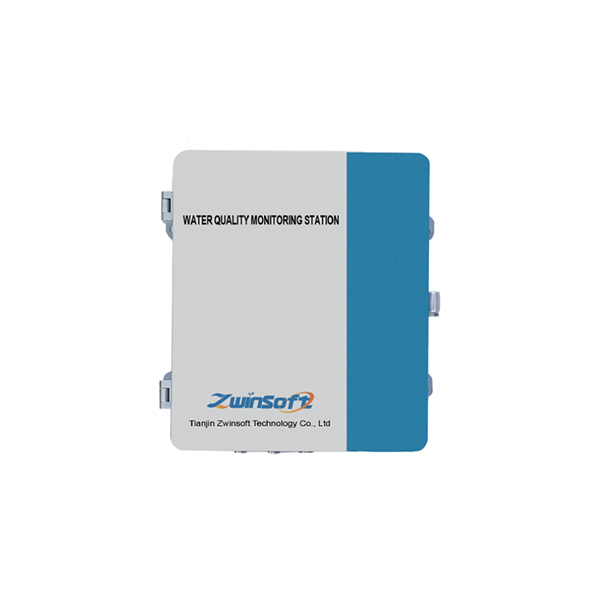
Micro Water Quality Online Monitoring Station
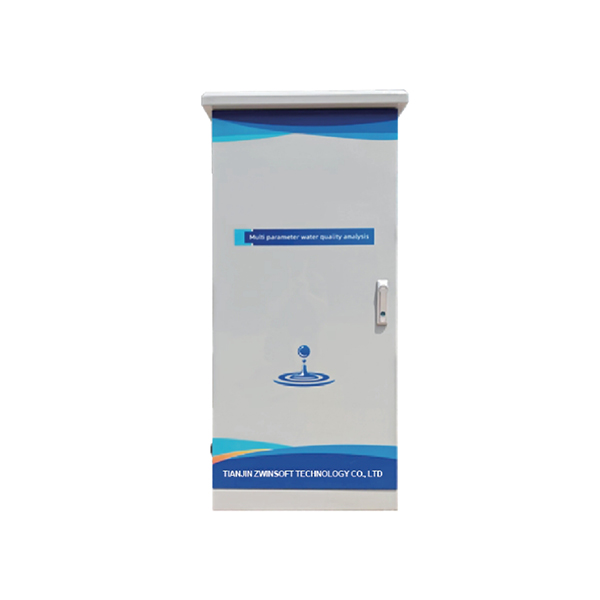
Online Automatic Monitoring Station For Water Quality
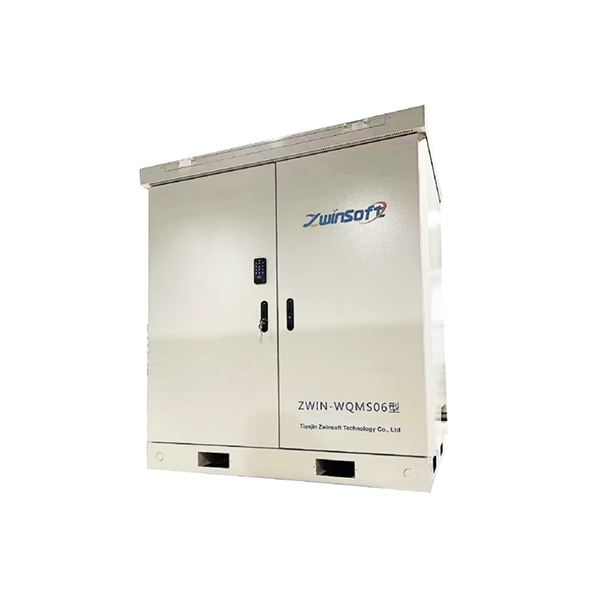
Portable Online Water Quality Monitoring Device
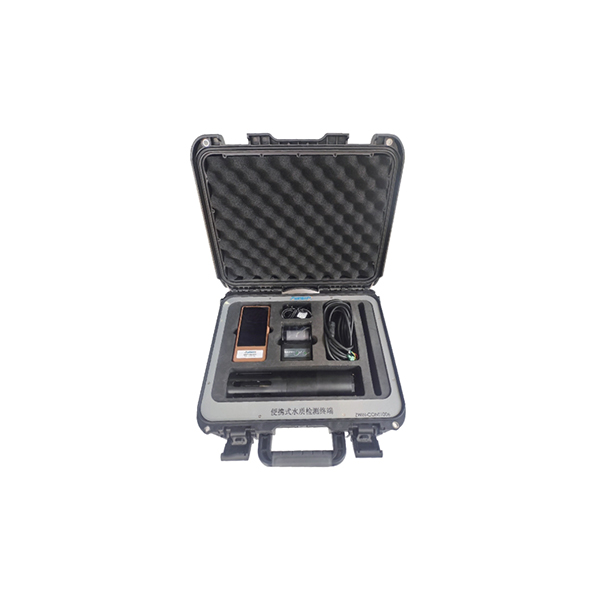
Micro Water Quality Online Monitoring Buoy Station
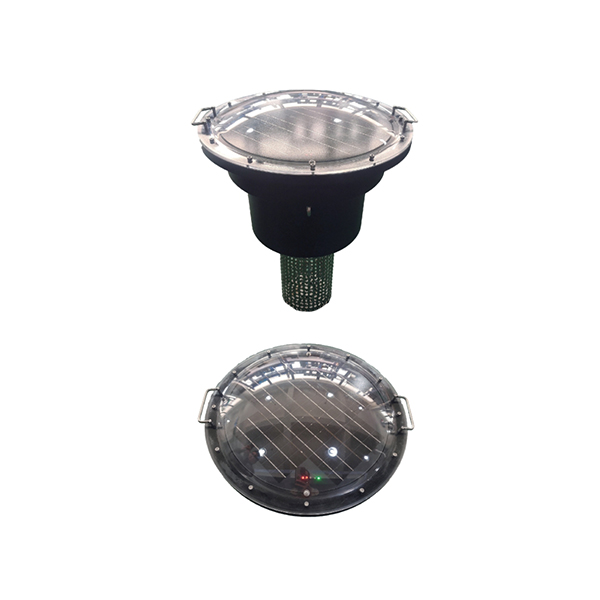
Drinking Water Quality Monitoring Station
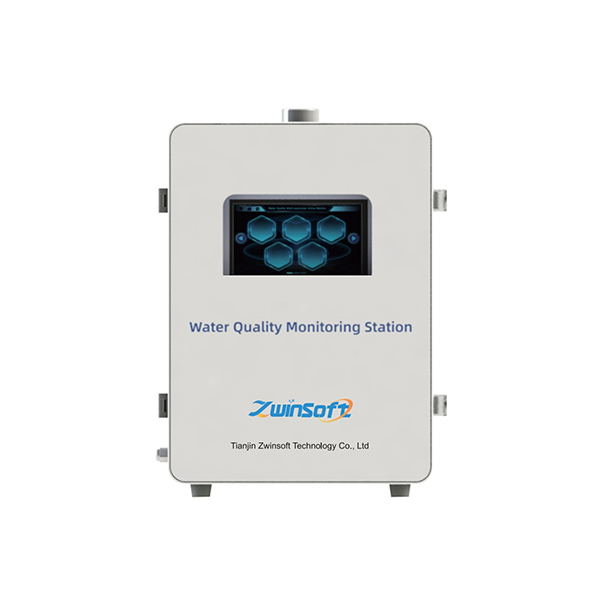
pH sensor
ZWIN-PH1006 sensor is a pH digital sensor with RS485 communication interface and standard Modbus protocol. it adopts corrosion-resistant housing, lP68 protection level, suitable for various harsh working environments; industrial-grade composite electrodes, reference electrode double-salt bridge design, long electrode life; built-in PT1000 temperature sensor and compensa-tion algorithm, the accuracy can reach+0.1 ℃; RS485 communication interface, standard Modbus protocol, easy to integrate.
Measuring Principle:Glass electrode method
Measuring Parameters:PH, Temperature
Measuring Range:0 -14PH
Measuring Accuracy:± 0.1PH
DO sensor
Dissolved Oxygen Sensor adopts fluorescence oxygen sensing electrode (LDO), is the water quality analysis instrument developed based on the latest digital water quality analysis platform,it achieved automatic temperature compensation, digital signal conversion and other functions. The analyzer outputs RS485 signal, which can realize networking and system integration without controller.
Measuring Principle:Fluorescence quenching method
Measuring Parameters:Dissolved oxygen, Temperature
Measuring Range:0 -20ppm or 0 -200% saturation; Temperature: 0 -50 ℃
Measuring Accuracy:≤±0.1%F.S.
Turbidity Sensor/TSS sensor
ZWIN-TSS1006 sensor is a turbidity/suspended solids digital sensor with RS485 communication interface and standard Modbus protocol. Corrosion-resistant shell, lP68 protection level, suitable for various harsh working environments; lt adopts infrared LED as light source, not affected by the chromaticity of water samples; digital modulation and filtering technology, eliminating the influence of ambient light;long-life infrared LED light source, up to More than 10 years; RS485 communica-tion interface, standard Modbus protocol, easy to integrate.
COD Sensor
ZWIN-COD1006 is a COD digital sensor with RS485 communication interface and standard modbus protocol. Corrosion-resistant shell, lP68 protection level, self-contained cleaning brush to regularly clean the measurement interface, suitable for various harsh working environments;based on coherent detection technology, it has high precision, good stability, no pre treatment, no reagent loss, measurement Fast and other advantages; dual-beam measurement, effectively reducing turbidity and chromaticity interference; RS485 communication interface, standard Modbus protocol, easy to integrate.
Measuring Principle:Double beam absorbance method: 254nm (COD detection),365nm reference light (eliminates suspended solid interference)
Measuring Parameters:Simultaneously measure CODCr, TOC, turbidity, TSS and temperature. The parameters such as BOD and CODMN can be converted
Measuring Optical Path:6mm
Measuring Range:CODCr: 0-500mg/L; TOC: 0-250 mg/L (potassium hydrogen phthalate solution, KHP). Turbidity: 0-500NTU
【CASE STUDY】
CONTACT US
Whatsapp / Tel
Ana:+86 180 3292 1398
Vicky:+86 187 3025 2900
Aaron:+86 178 2218 4335
Grace:+86 180 9126 3454
Amber:+86 166 2297 0930
Michae:+86 138 0302 6441
Vicky|+86 18730252900
Rebecca|+86 18333608556
Click one of our contacts below to chat on WhatsApp
Social Chat is free, download and try it now here!